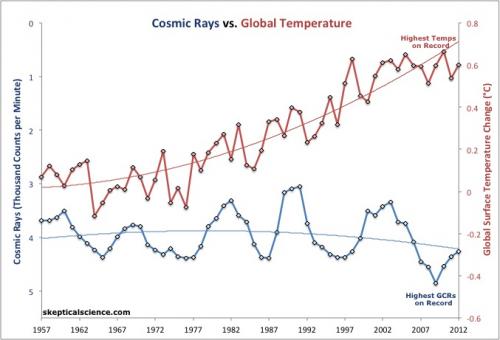- Joined
- Jan 28, 2013
- Messages
- 94,823
- Reaction score
- 28,342
- Location
- Williamsburg, Virginia
- Gender
- Male
- Political Leaning
- Independent
Well, I don’t really care what you think, so I guess we are even.
With a nod to Daniel Patrick Moynihan, she is entitled to her own opinion, but not to her own facts.

